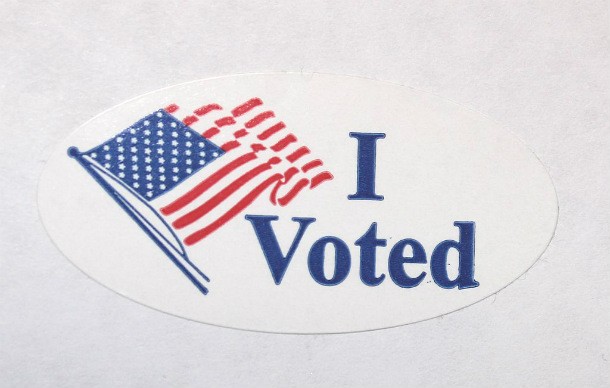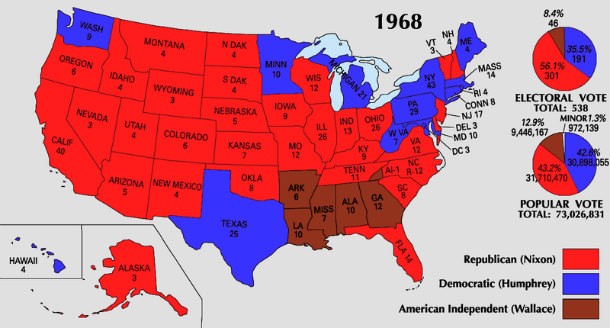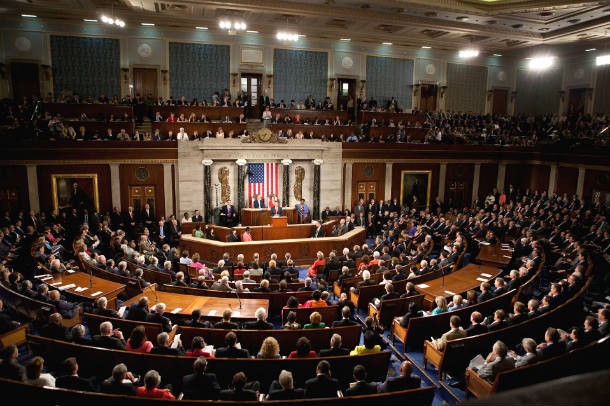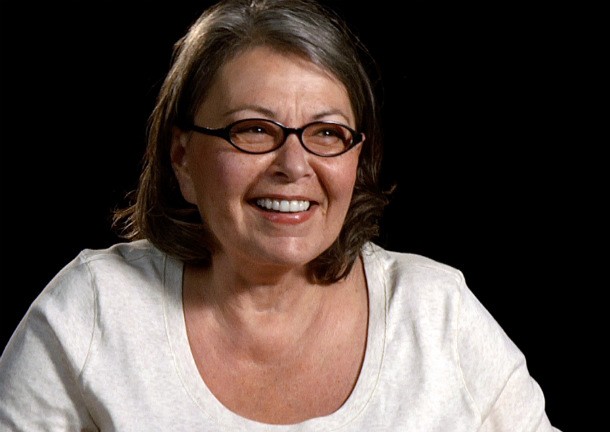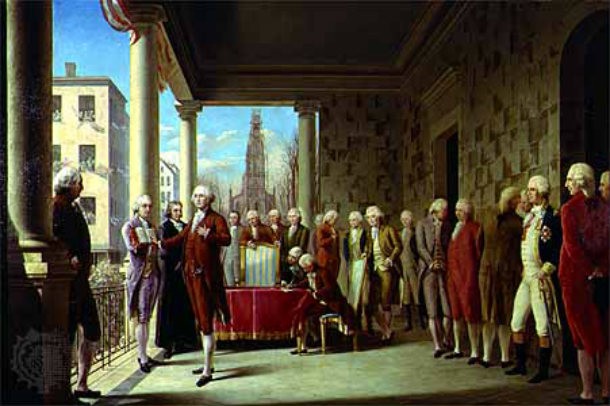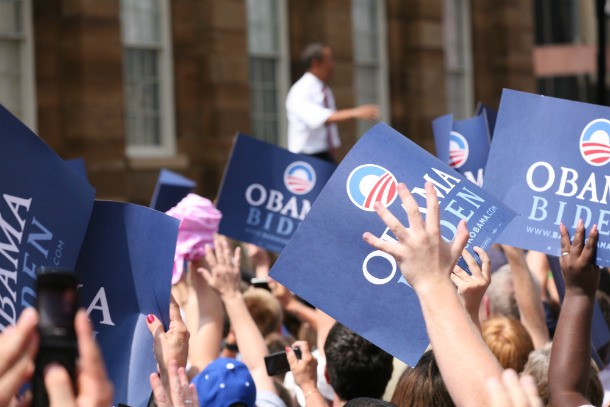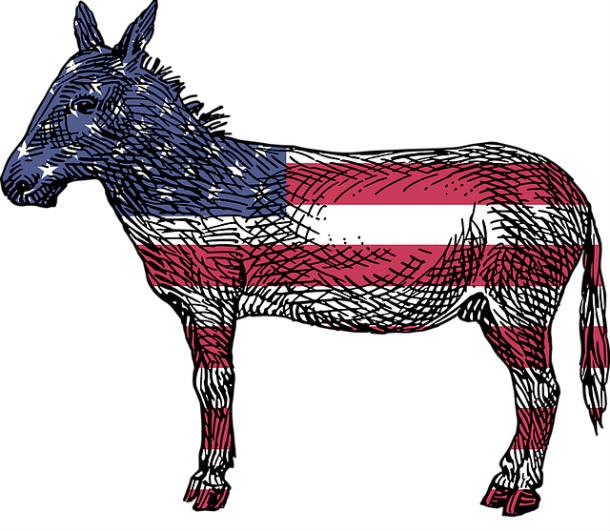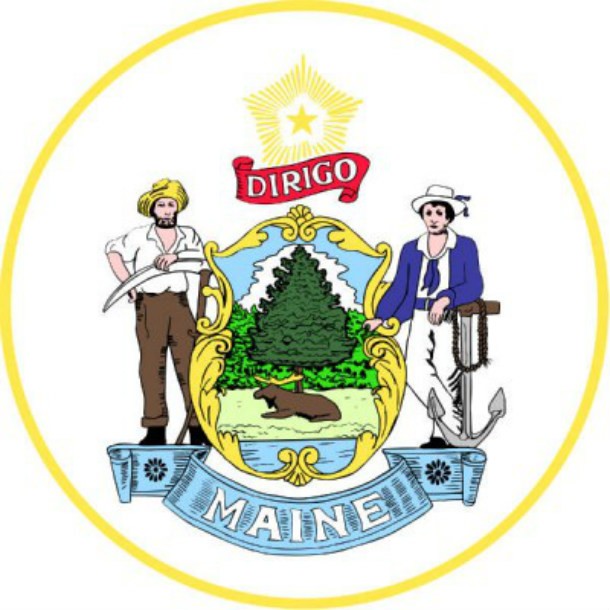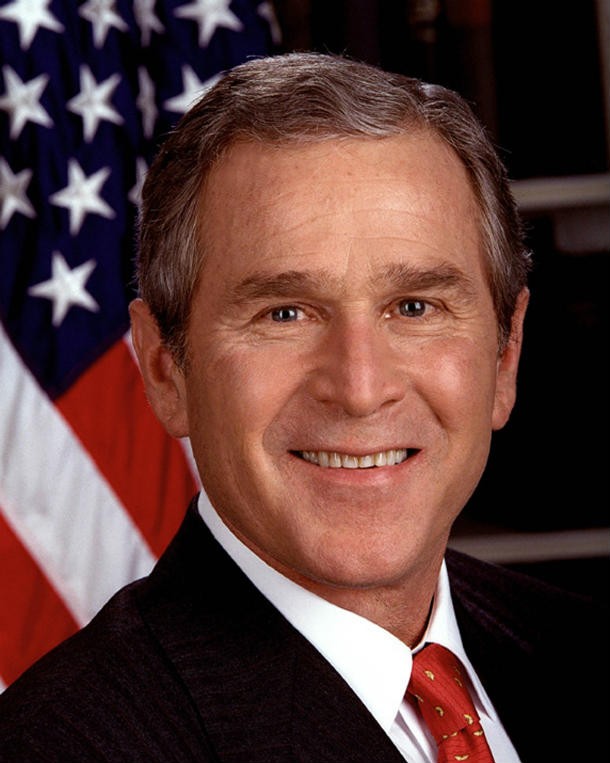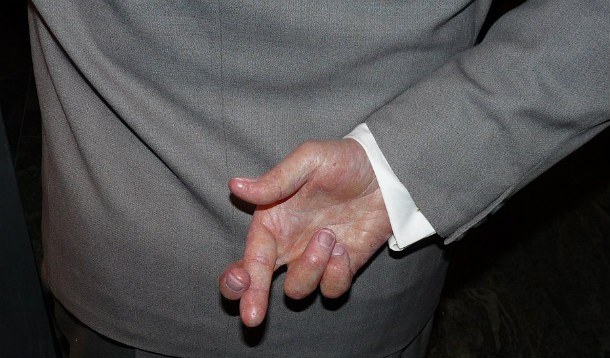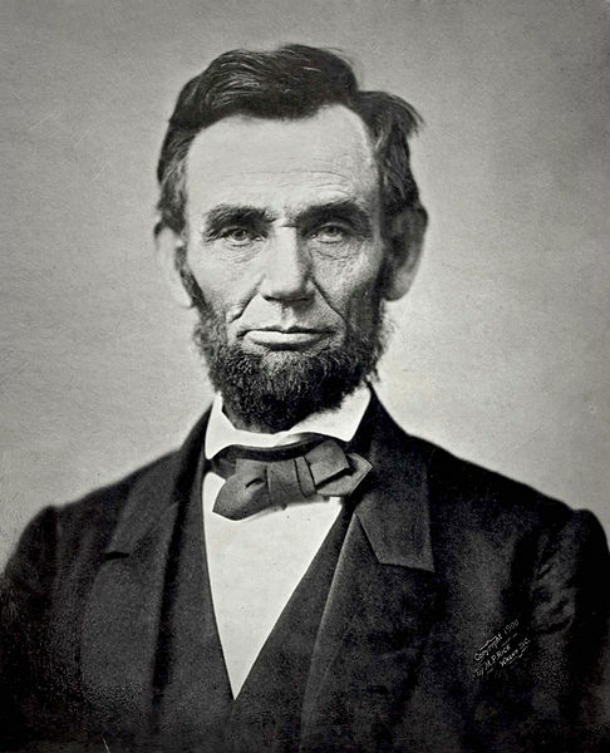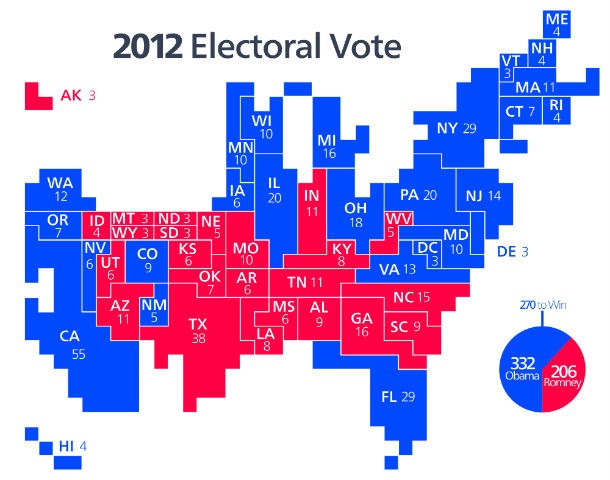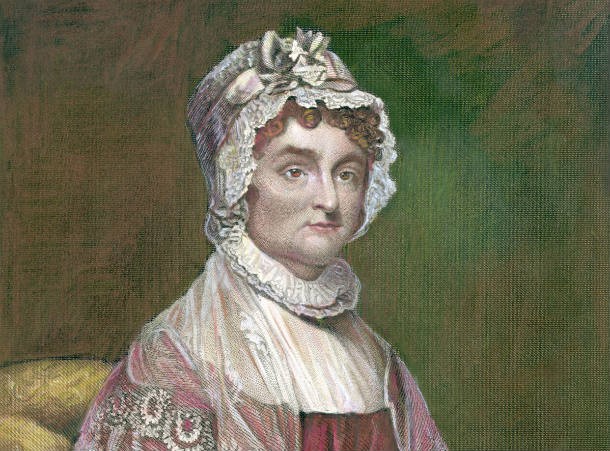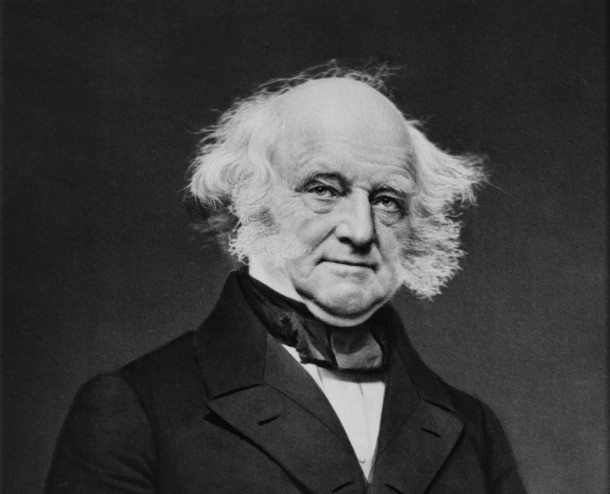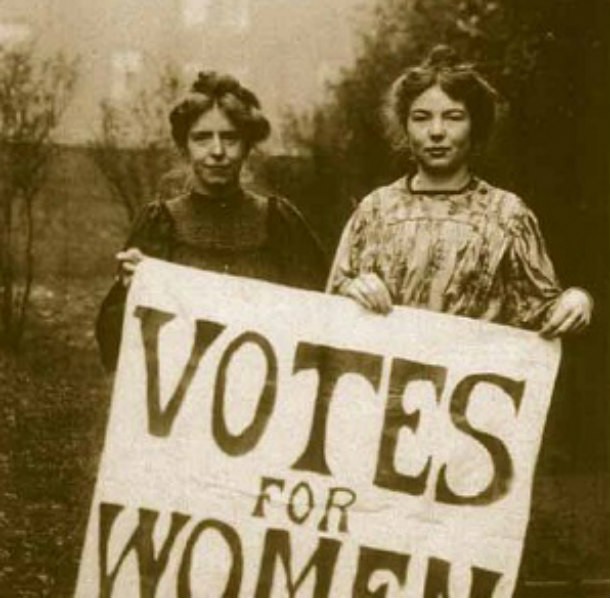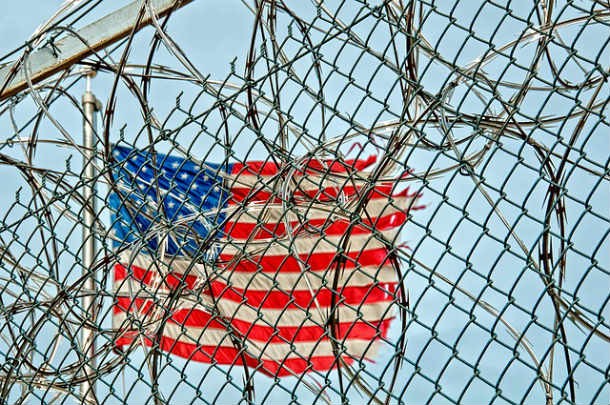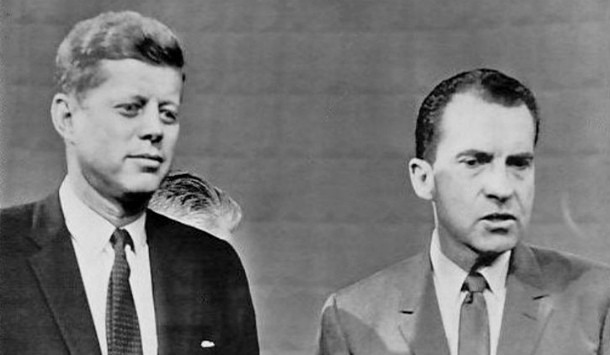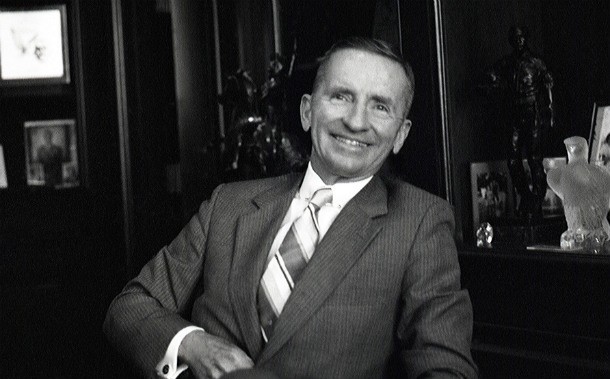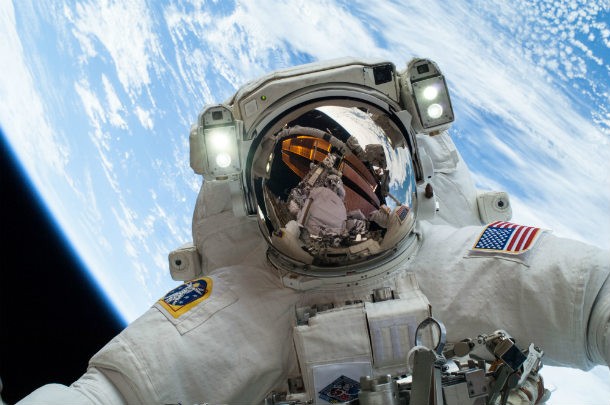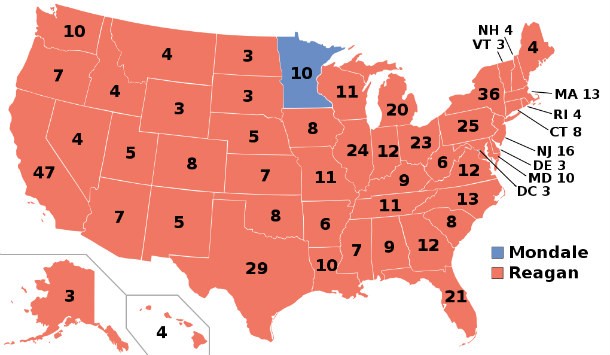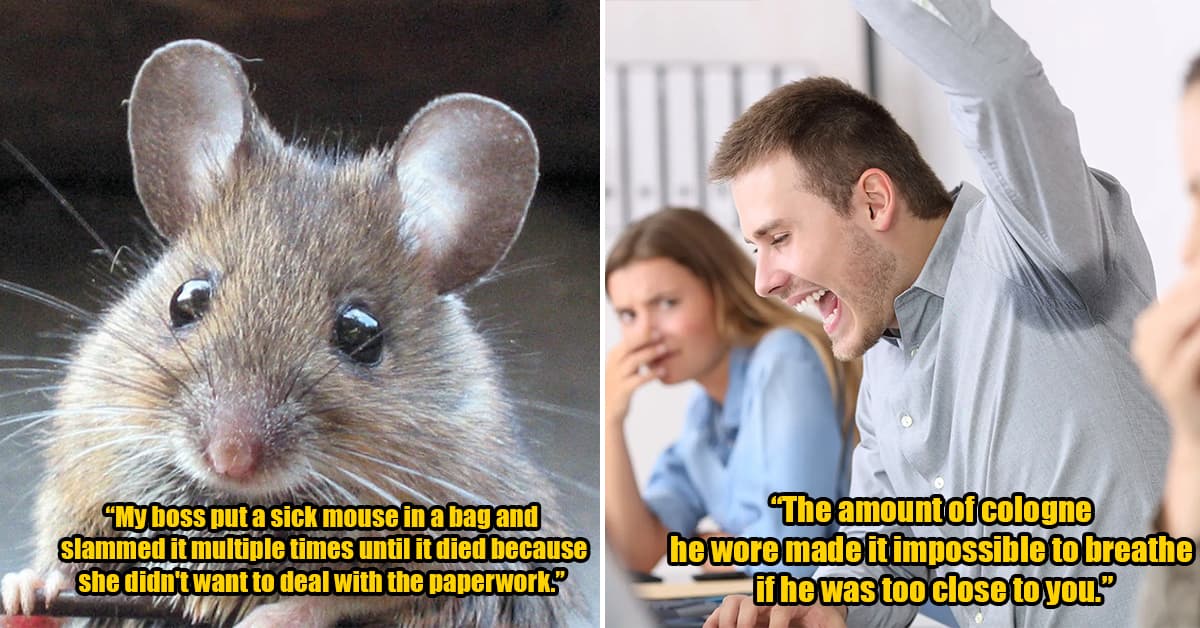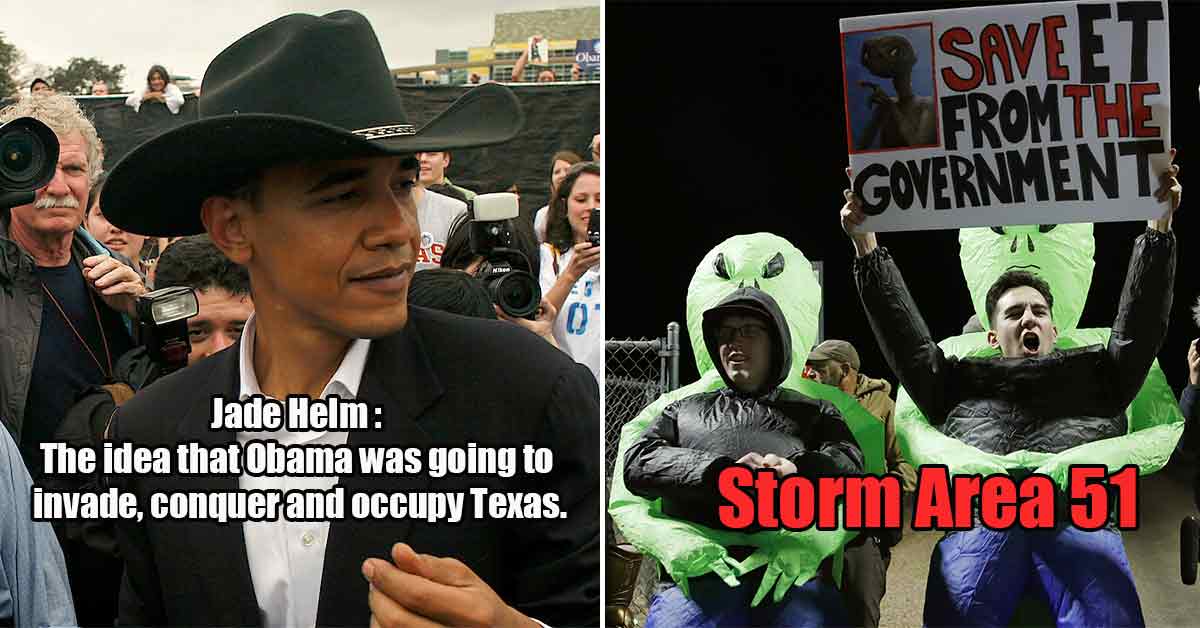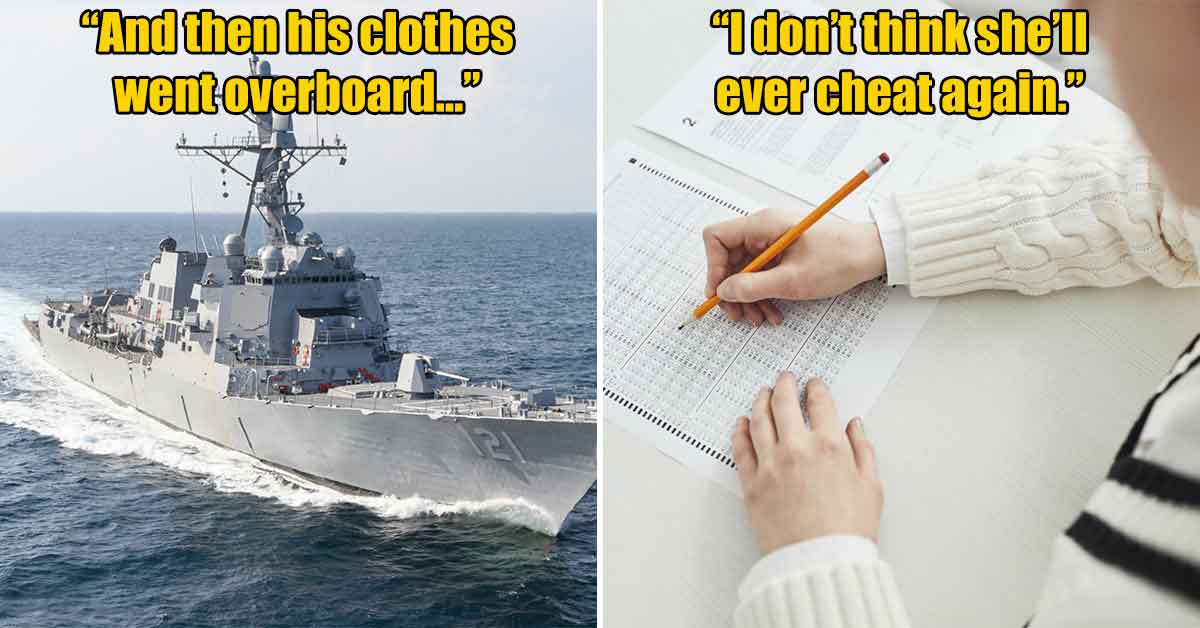Little-Known Facts About US Elections That Will Probably Surprise You
Since this election may be our last, let's learn a little bit about American politics.
Published 8 years ago in Wow
1
In the 2012 Presidential election, Hawaii had less than 45% of eligible voters cast ballots, making it the state with the lowest voter turnout. Measures have been passed for the 2016 election that will allow voters to register to vote and vote on election day at their polling location, in hopes to increase voter turnout.
2
Nationwide voter turnout for the 2012 election was 57.5%. Even though Obama beat Romney by a significant margin, and won both the popular and the electoral vote, the difference in the popular vote was around 5 million. So while people can make educated guesses based on the votes that were cast, polls, etc, the honest truth is we still have no idea what would have happened if even 90% of eligible voters had made it to the polls since the difference in the popular vote was only around 5 million votes. The number of voters that didn't show up to the polls? Over 90 million.
4
A candidate needs a minimum of 270 of the available 538 electoral votes to win the presidency. If that does not happen, either due to an even split or a third party candidate taking enough of the votes that no one reaches 270, the vote then goes to Congress, with the House of Representatives picking the President and the Senate picking the Vice President via voting. Each state chooses one representative to vote.
6
There have only been two US elections where a candidate won 100% of the Electoral College votes, and those were the first two. In 1789, running against John Adams, George Washington was unanimously elected by the Electoral College. In 1792, Washington ran unopposed, but the Electoral College still voted, giving him 100% of the votes.
8
We vote on Tuesday because of farmers. Back in the mid 1800's when the majority of Americans were farmers and church goers, and all travel was done by horse and buggy, logistics made things a bit tricky. Sunday was a day of worship, and Wednesday was market day, so Tuesday was picked because it would give voters Monday to travel to their county seat, early Tuesday to vote, and be home in time for market on Wednesday. Recently there have been pushes to make election day a national holiday to help increase voter turnout.
16
When you vote, you don't vote directly for the President; you're voting to pick your state's Electoral College, who have pledged, but are not legally bound, to vote for the candidate you selected on your ballot. Their votes are the ones that actually select the next President Of The United States. When people talk about Electoral votes during the election season, or tally them on election night, the votes of this group of people, The Electoral College, are what they're talking about. Each state gets Electors based on population.
17
One of the first records we have of a woman seeking a voice in elections were Abigail Adam's letters to her husband John Adams in 1776. She asked him to "Not put such unlimited power in the hands of husbands." He replied, "We have only the name of masters, and rather than give up this, which would completely subject us to the despotism of the petticoat, I hope General Washington and all our brave heroes would fight."
18
Martin Van Buren was elected the 8th President of the United States. He was the first President to be born in an independent United States, as the seven previous presidents had been born subjects of the British Crown. His win was the third in a row for the Democratic party, and the first time the US elected two different Democratic Party presidents in a row. The last time this happened was in the 1960's, when Lyndon B Johnson took over the presidency after John Kennedy was assassinated, and then won the election of 1964 in his own right.
20
In Florida, Kentucky, and Iowa, anyone with a Felony conviction is permanently banned from voting. In Vermont and Maine, everyone of legal age is allowed to vote, regardless of criminal history (those currently serving time may vote via absentee ballot). Other states vary between these two extremes, some depending on what crime was committed, some allowing those on parole to vote, others allowing those no longer in prison or on parole to vote.
22
A third party candidate needs to reach 15% in national polls to be included in the televised debates with the Republican and Democratic candidates. The last candidate to do this was Ross Perot in 1992, who participated in debates with President George Bush Sr. and then Governor of Arkansas Bill Clinton.
24
The first woman to run for president was Victoria Woodhull, who ran in 1872 with the Equal Rights Party. She was a very controversial figure for her time, not only because of her outspoken activism on behalf of women's suffrage, but because of her many known affairs, some with members of the clergy.


